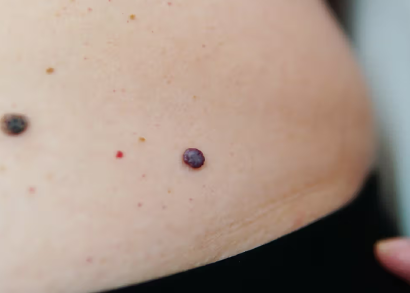Melanoma is a type of skin cancer that begins in the melanocytes, the cells responsible for producing melanin - the pigment that gives skin its color.
While melanoma is less common than other forms of skin cancer, it is significantly more dangerous due to its potential to spread (metastasize) to other parts of the body if not detected and treated early.Melanoma Treatment in Nanakramguda, Hyderabad typically involves surgical removal of the tumor, and depending on the stage, may also include chemotherapy, immunotherapy, targeted therapy, or radiation. Early detection remains key to successful outcomes, making regular skin checks and dermatologist visits essential.
Explore More : Sarcoma Cancer Treatment in Nanakramguda, Hyderabad
Melanoma treatment usually involves surgery and chemotherapy.

Changes in Existing Moles: One of the most common signs is a change in an existing mole or the appearance of a new growth on the skin. Key warning signs are captured by the ABCDE rule:.
Signs and symptoms of Melanoma may include:
Make an appointment with your doctor if you have any signs or symptoms that worry you.
Ultraviolet (UV) Radiation :The primary cause of melanoma is overexposure to UV radiation from the sun or tanning beds. UV radiation damages the DNA in skin cells, increasing the risk of skin cancer.
Fair Skin :People with lighter skin that burns easily, especially those with blonde or red hair and blue or green eyes, are at higher risk.
Family History: Having a family member with melanoma increases the likelihood of developing the condition, suggesting a genetic component.
Previous Skin Cancer :A personal history of skin cancer, especially non-melanoma skin cancers, can increase the risk..
Moles or Unusual Skin Lesions:People with many moles, large moles, or atypical (dysplastic) moles are at greater risk.
The type of cell where the cancer begins determines the type of Melanoma you have and helps your doctor determine which treatments are best for you. Melanoma types include:
Factors that can increase your risk of Melanoma include: